Do you need a Visa to Travel to India?
With a population of over 1.3 billion people, India is a vibrant melting pot of different cultures and religions. From the Taj Mahal to the majestic Amber Palace, travellers are greeted to a trove of treasures unlike anywhere else in the world, making it a must-visit for globetrotters, attracting over ten million tourists in 2017.
New visitors shouldn’t be deterred by the paperwork it takes to gain entry to the country, however. If you’re looking to travel to India yourself, then you will need to obtain an Indian visa beforehand. These are required for almost all foreign visitors, regardless of the duration of, or reason for, your visit. Fortunately, the Indian government has significantly simplified the application process in recent years, so planning a trip to India has never been easier.
How do you obtain an India tourist visa?
There’s no longer any need to wait in line at the Indian consulate to apply for a visa. Pretty much anyone planning to visit can apply online instead, giving you one less thing to do in the run-up to your trip. That said, you can submit a paper application form in person, or by post to a consulate.
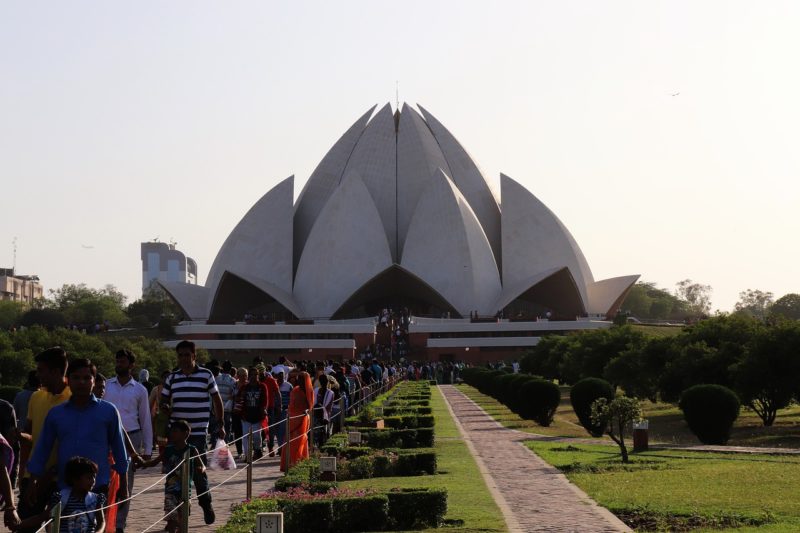
The process requires applicants to upload a photo and a passport scan, enter their travel details, and pay a fee, which depends on a traveller’s country of origin. For instance, individuals from the US must pay $100, while Argentinian travellers get theirs for free. If approved, the process speeds ahead, with confirmation emails being sent within three to five working days.
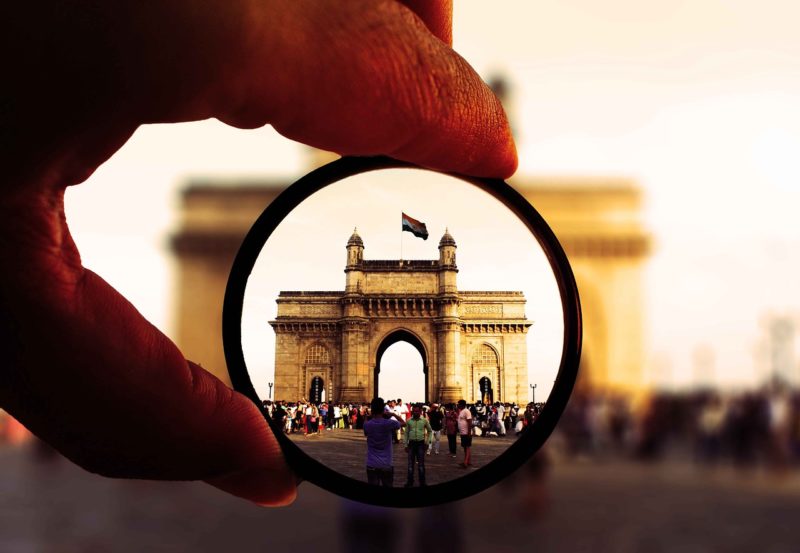
Spare a thought for those applying for visas from countries like Russia, Saudi Arabia, or China, whose application processes are particularly arduous in comparison. In Turkmenistan, meanwhile, you need a letter of invitation before you can even apply. The Indian High Commission could issue travel documentation for a different length of time from what you’ve requested. While this will not be the case for every application, you should bear it in mind before applying.
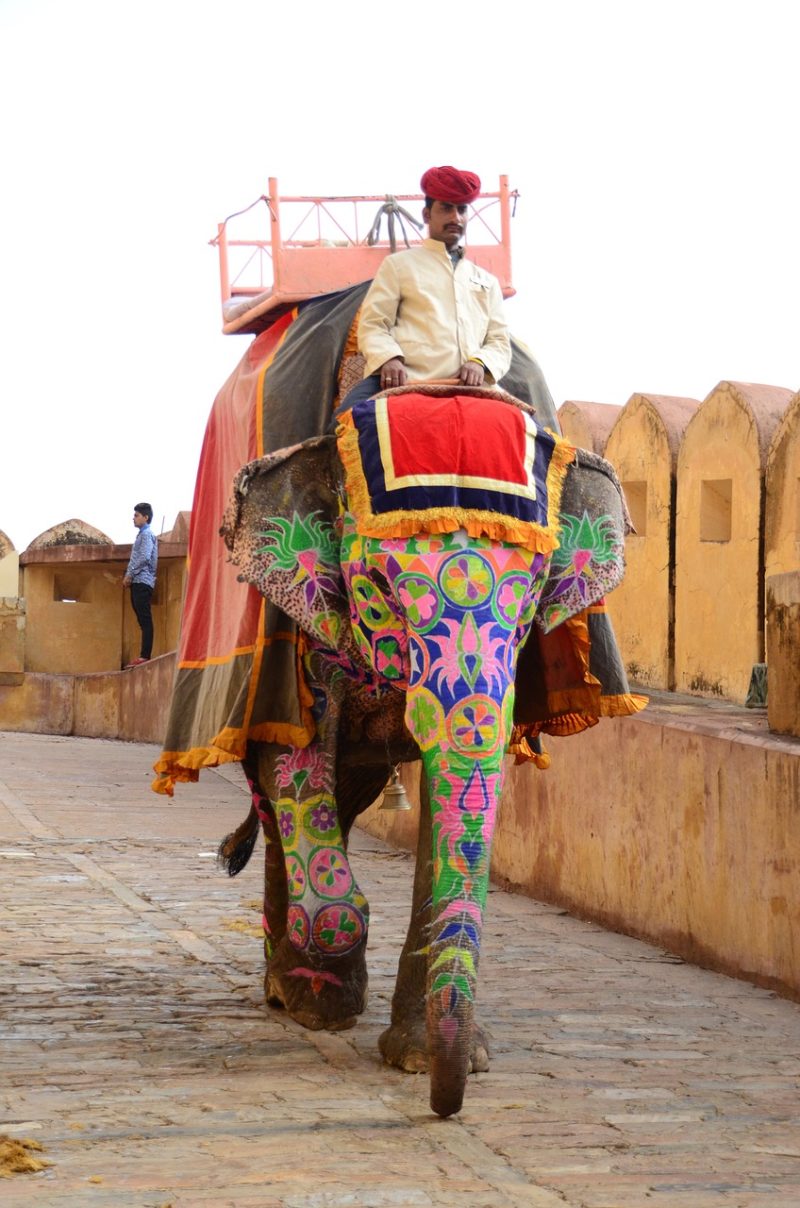
Travellers must complete their application at least four days before they arrive. It’s probably not worth the stress of leaving it this late though, and you can begin the process up to 120 days before you depart. It’s recommended you print out a copy of your visa, even though it’s likely to be available on government systems. The document is generally valid for one year but does allow the holder to enter the country multiple times from the day it is granted. Visitors from the US, Canada, UK, and Japan can stay in India for 180 days running, though this is halved for tourists from any other country.
What other types of visa are there?
Of course, tourists aren’t the only group of people who regularly find themselves applying for entry to India. Just as often, professionals will need documentation to support their business trips to the country, and the most suitable visa is determined by the purpose of their visit.
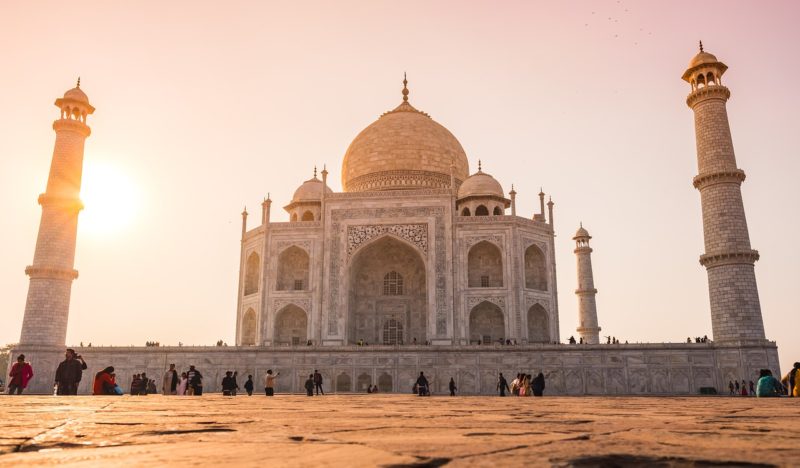
Employment visas are granted to highly skilled or qualified professional foreigners employed by an organization registered in India, but can also be used by anyone undertaking long-term volunteer work. They are typically issued for one year, or the duration of an employment contract, and may be extended while in the country. Applicants must be earning at least $25,000, although exceptions are made for volunteers and translators.
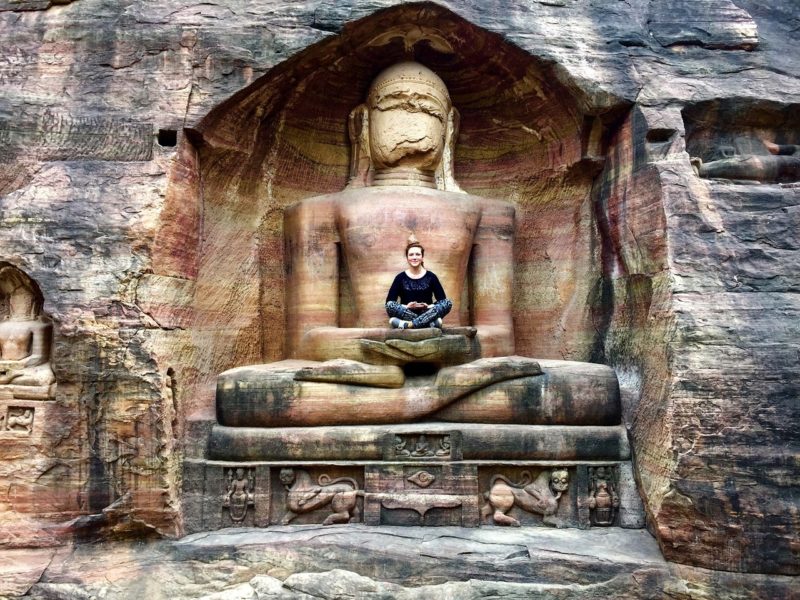
A business visa is required for anyone looking to conduct business in India, such as sales or establishing contacts, rather than working for an Indian-based organization. These are valid for up to ten years, allowing for multiple visits to the country, although the duration of each stay is capped at 180 days.

If you’re lucky enough to have secured a place at an Indian university or college, you’ll need to apply for a student visa. It must be backed up by student admission papers from the relevant institution, and its validity begins from the date of issue.









